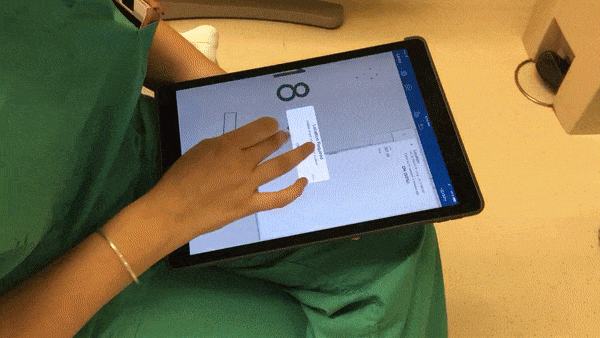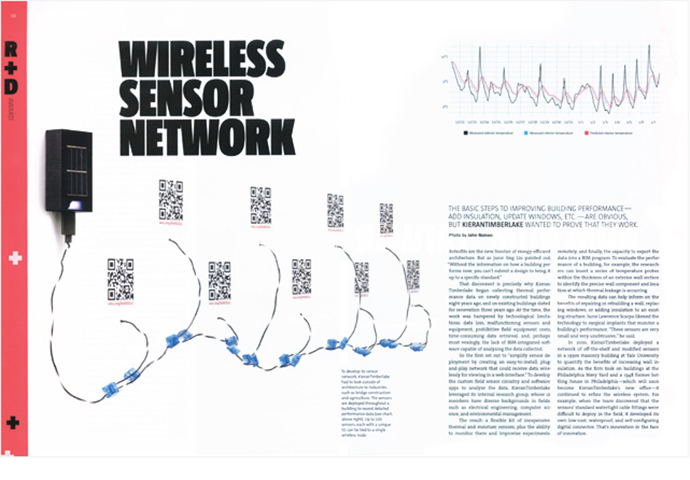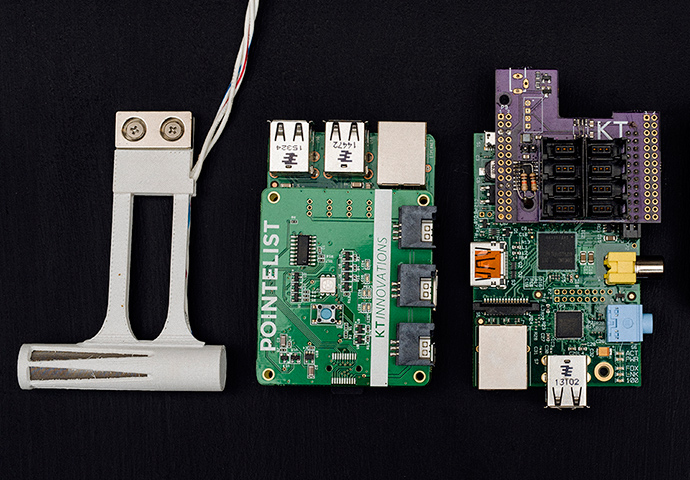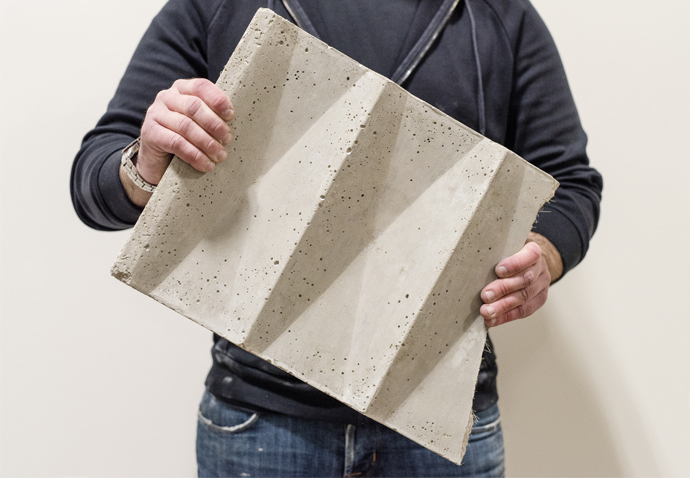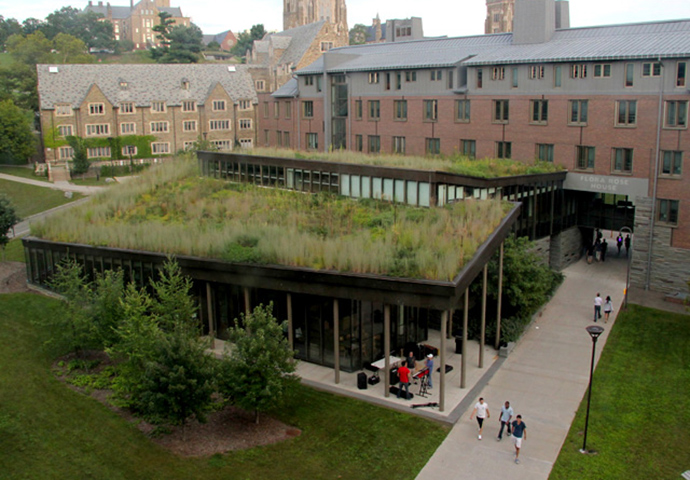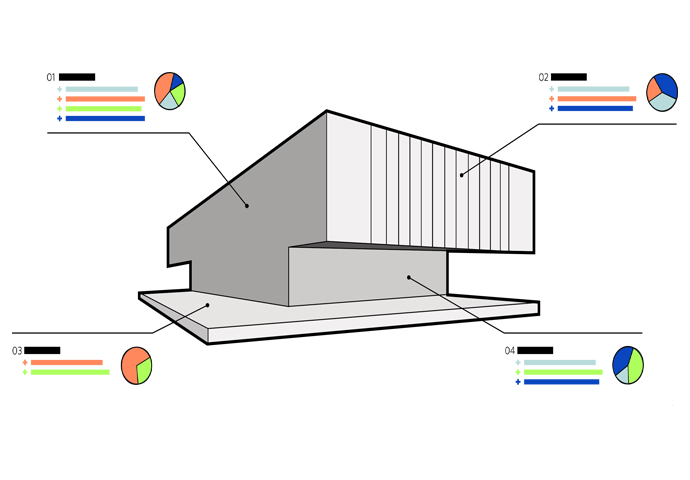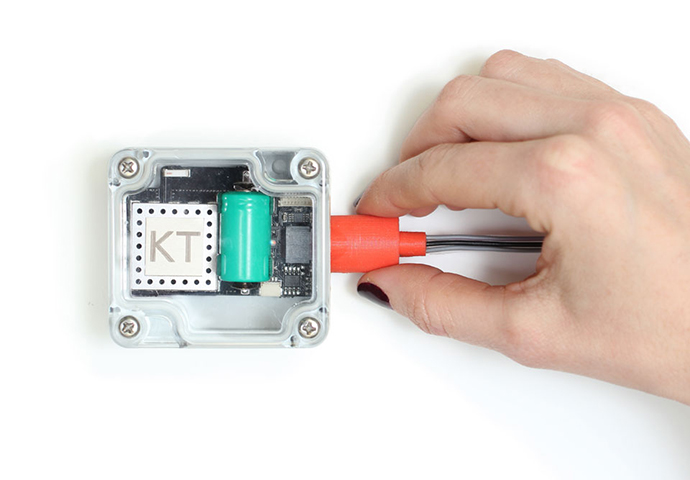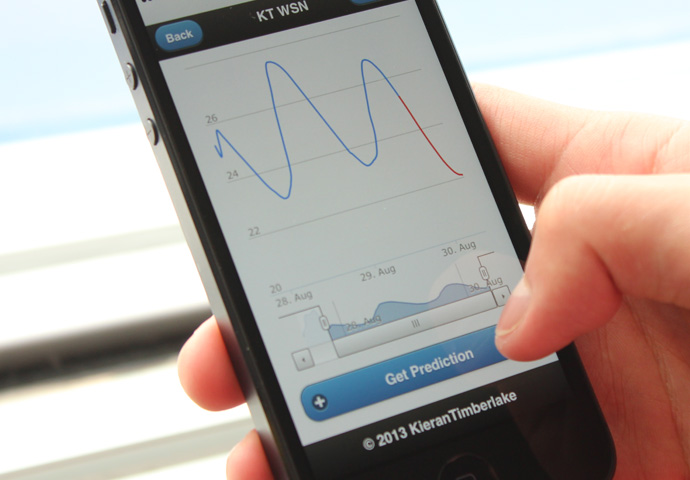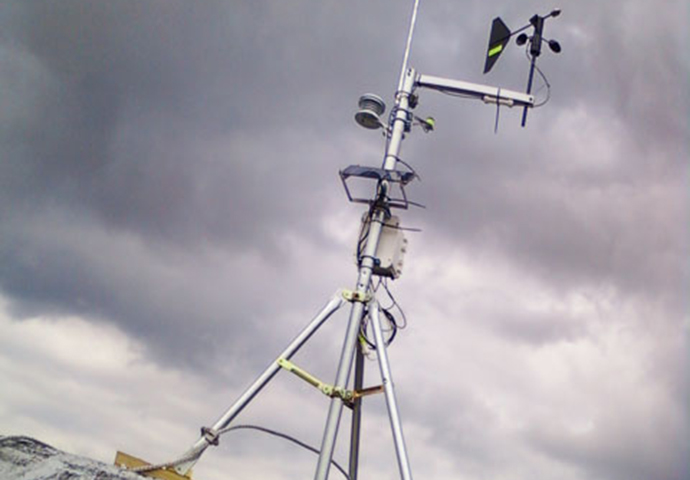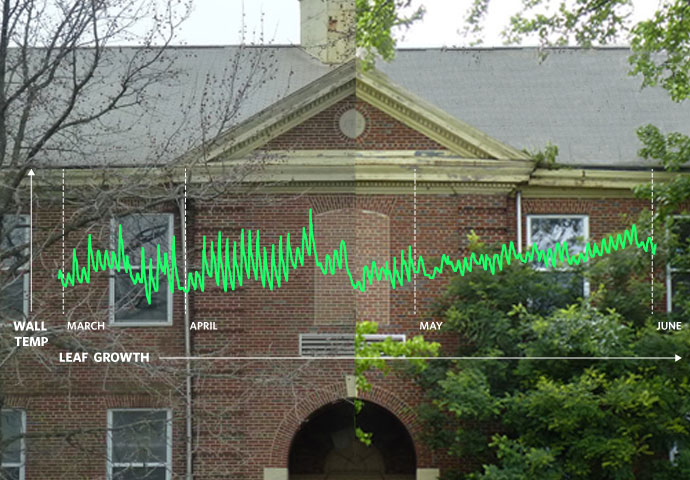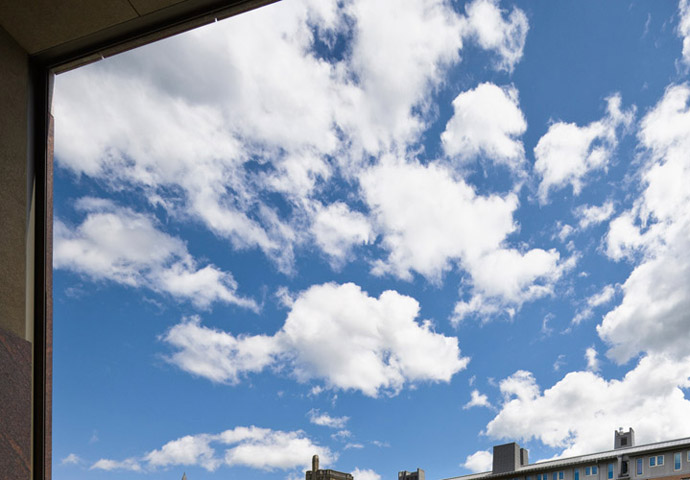Our team created a custom survey with a georeferenced floorplan of Jefferson's Emergency Department. Surveyors tracked occupant location, took photographs, and recorded narrative information to document the movement and behavior of healthcare providers, patients, and visitors.
How does design impact the experience and quality of care of emergency room patients?
To quantify the relationship between quality of care and emergency department design, KieranTimberlake collaborated with Thomas Jefferson University Hospital's Health Design Lab as part of two-year post-occupancy evaluation (POE) study. Alongside Dr. Bon Ku, Professor of Medicine and Design, our holistic study combined techniques such as occupant mapping, environmental monitoring, and satisfaction surveys to better understand the impacts that design strategies have on the occupant behavior, experience, and quality of care in Jefferson's Emergency Department.
Read on to learn more about our work with the Health Design Lab, or download a PDF of the full report below.
Together with a team of Dr. Ku's doctors, nurses, medical students, and hospital administrators, we used spatial analytics to investigate how workspace layout affects communication and team interaction among nurses and doctors in the Emergency Department. The primary goal of our research was to uncover opportunities to introduce design thinking and innovation to emergency departments.
In collaboration with Dr. Ku and fellow Health Design Lab team member Dr. Robert Pugulsi, we developed an occupant mapping workflow for surveyors using iPads. Over the course of several weeks, a team of medical students shadowed Emergency Department nurses throughout their shifts and used the tool to log their movements, actions, interactions, and location. We then used the questionnaire results and spatial survey data to create a rich depiction of the experience, perception, and measured behavior of nurses in the hospital.
A medical interns used iPads to document environmental conditions like light, temperature, sound, and humidity, as well as occupant behavior.
Using research that spanned two summers, our spatial analysis helped paint a picture of the many ways patients and healthcare providers inhabit Jefferson's Emergency Department, and gave us a better understanding of the relationships between hospital layout and the behavior, productivity, and delivery of care of its nurses. In particular, our surveys focused on communication between nurses and their patients, colleagues, and staff.
By plotting the route individual patients take through the Emergency Department, as well as their activities and the different temperature, lighting, and other conditions in each room they visit, our team was able to create a holistic picture of how the layout impacts the patient experience.
With a pair of distinctly organized department wings, Jefferson's Emergency Department provided an ideal backdrop for a comparative study. The A-side's centralized layout concentrates a cluster of nurses and doctors in a workstation surrounded by patient rooms, whereas the B-side's decentralized layout and individual nurse stations distances the nurses from other hospital staff in order to situate them closer to patient rooms. Many nurses and doctors voiced strong opinions about which layout they preferred and how it affected their movement and communication.
Our study revealed that on average, the B-side's decentralized layout led to increased communication and contact time between doctors and nurses despite the greater distance between their workstations. We also discovered a great deal of variation in how individual nurses moved through the space. This simple experiment has led to a deeper and ongoing analysis of other variables that affect nurses' movement and experiences, from their patients' conditions to the composition of their larger care teams. As is often the case, quantitative analysis doesn't tell the full story, but it can help the managers and designers of complex environments like a hospital emergency room unearth patterns and possibilities.
The survey tool revealed that the decentralized layout in the Emergency Department's B-side helped facilitate communication and increase contact between doctors and nurses.
In 2017 the Centers for Disease Control and Prevention published a report outlining the startling growth of emergency room (ER) visits in the United States over several years. According to the CDC, one-fifth of Americans visit an ER once a year, and in 2016 alone there were 141.4 million patient visits to emergency departments across the country. Despite their financial cost, the growing rate of ER visits offers encouraging feedback that a growing number of Americans are seeking out and receiving the care they need. In other words, emergency departments are busier than ever. The question remains: how can we make them even better?





